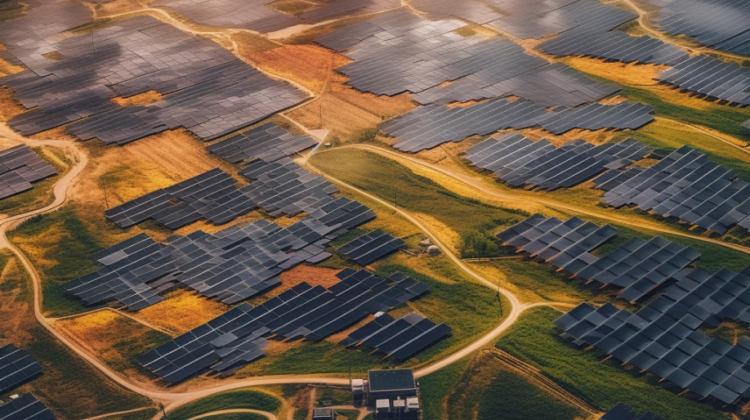
Solar power has emerged as a prominent solution in the quest for sustainable and renewable energy sources. Solar farms, also known as photovoltaic power stations, play a vital role in harnessing the abundant energy from the sun and converting it into clean electricity. With the growing global demand for clean energy, building solar farms has gained significant momentum. In this article, we will explore the process of constructing solar farms and the benefits they offer for a greener future.
Site Selection and Planning
The first crucial step in building a solar farm is selecting an appropriate site. Factors such as solar irradiation levels, land availability, proximity to transmission lines, and environmental considerations are considered during this stage. Solar developers conduct thorough assessments to ensure optimal sun exposure, aiming to maximize energy production and efficiency.
Once a suitable site is identified, the planning phase begins. This involves obtaining permits, conducting environmental impact assessments, and addressing local community concerns. Collaboration between solar developers, government entities, and environmental experts is critical to ensure a well-designed solar farm that adheres to regulations and minimizes potential environmental impact.
Solar Panel Installation
The heart of a solar farm lies in its photovoltaic (PV) panels, which convert sunlight into electricity. These panels are typically made of silicon-based cells, which generate a direct current (DC) when exposed to sunlight. To capture the maximum amount of the sun, the panels are strategically positioned at an angle and direction that optimizes solar energy absorption.
Installation of the solar panels involves securely mounting them on supporting structures such as metal racks or concrete foundations. Electrical wiring is then connected to interconnect the panels and form an array. In large-scale solar farms, hundreds or even thousands of panels are interconnected to create an extensive network capable of generating significant amounts of electricity.
Inverter Stations and Grid Connection
The DC electricity generated by the solar panels is converted into alternating current (AC) electricity through inverter stations. Inverters play a critical role in transforming the electricity to a form that can be fed into the electrical grid or used on-site. These stations are typically located within the solar farm, and their capacity depends on the size and output of the installation.
A substation is constructed to connect the solar farm to the electrical grid. The substation facilitates the transfer of electricity from the solar farm to the broader power distribution network. This connection allows surplus electricity to be supplied to the grid during peak solar production and ensures a stable and reliable power supply to nearby communities.
Operations and Maintenance
Regular operations and maintenance are necessary to ensure optimal performance once the solar farm is built and connected. Routine inspections, cleaning of solar panels, and monitoring of equipment are conducted to identify and address any issues promptly. Advanced monitoring systems track energy production, detect malfunctions, and optimize efficiency.
Periodic maintenance also includes replacing worn-out components, such as inverters or damaged solar panels, to maintain the farm’s productivity.
Regular vegetation management is essential to prevent shading and ensure uninterrupted sunlight exposure to the panels. Data analytics and predictive maintenance techniques are also employed to enhance performance and reduce downtime.
Conclusion
Solar farms represent a crucial component of the transition to a sustainable energy future. These vast installations generate clean and renewable electricity by harnessing the sun’s power.
The construction process involves careful site selection, meticulous planning, and the structure of solar panels, inverters, and grid connection infrastructure. Once operational, ongoing maintenance and monitoring ensure optimum performance.
Solar farms contribute to reducing greenhouse gas emissions and provide economic benefits such as job creation and local development. As technology advances and costs decline, solar farms become increasingly feasible and widespread. By embracing solar energy and investing in the building of solar farms, we can pave the way for a greener and more sustainable future.